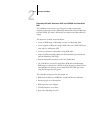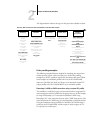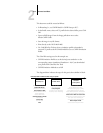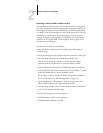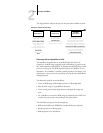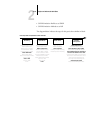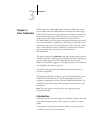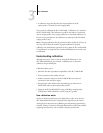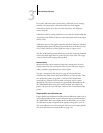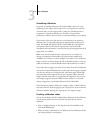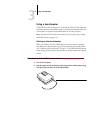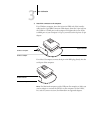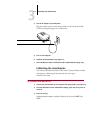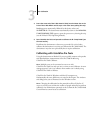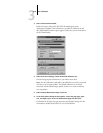
3
3-3 Understanding calibration
Even with a calibrated system, toner density is affected by service settings,
humidity, and temperature; it also tends to drift over time. Regular
measurement detects day-to-day variations in densities, and calibration
corrects for them.
Calibration works by creating calibration curves on the iR C2100/2100S that
compensate for the difference between actual (measured) and desired (target)
density values.
Calibration curves are the graphic equivalent of transfer functions, which are
mathematical descriptions of changes that will be made to the data you start
with. Transfer functions are often graphed as input or output curves.
The iR C2100/2100S generates calibration curves after comparing measured
values to the final target values for each of the four toner colors. The target
values are based on the output profile specified.
Measurements
Measurement files contain numerical values that correspond to the toner
density produced by the copier/printer when it prints solid cyan, magenta,
yellow, and black, and graduated tints of those colors.
To create a measurement file, first print a page of color patches from
ColorWise Pro Tools or from the Control Panel to the copier/printer. Then
you measure the patches using either an X-Rite DTP32 densitometer
connected to a computer on the network or using the copier’s scanner
(ReaderCal). The new measurements are automatically downloaded to the
iR C2100/2100S. When using the VisualCal method, you evaluate the
patches with your own eyes and input numbers at the Control Panel of the
printer.
Output profiles and calibration sets
Output profiles and calibration sets define desired calibration results. One or
more output profiles and one or more calibration sets are provided with the
iR C2100/2100S. When you calibrate the iR C2100/2100S, you can select
the calibration set that corresponds to the typical printing jobs at your site.
This same calibration set can be associated with one or more output profiles.
(For more information on output profiles, see page 1-9.)



